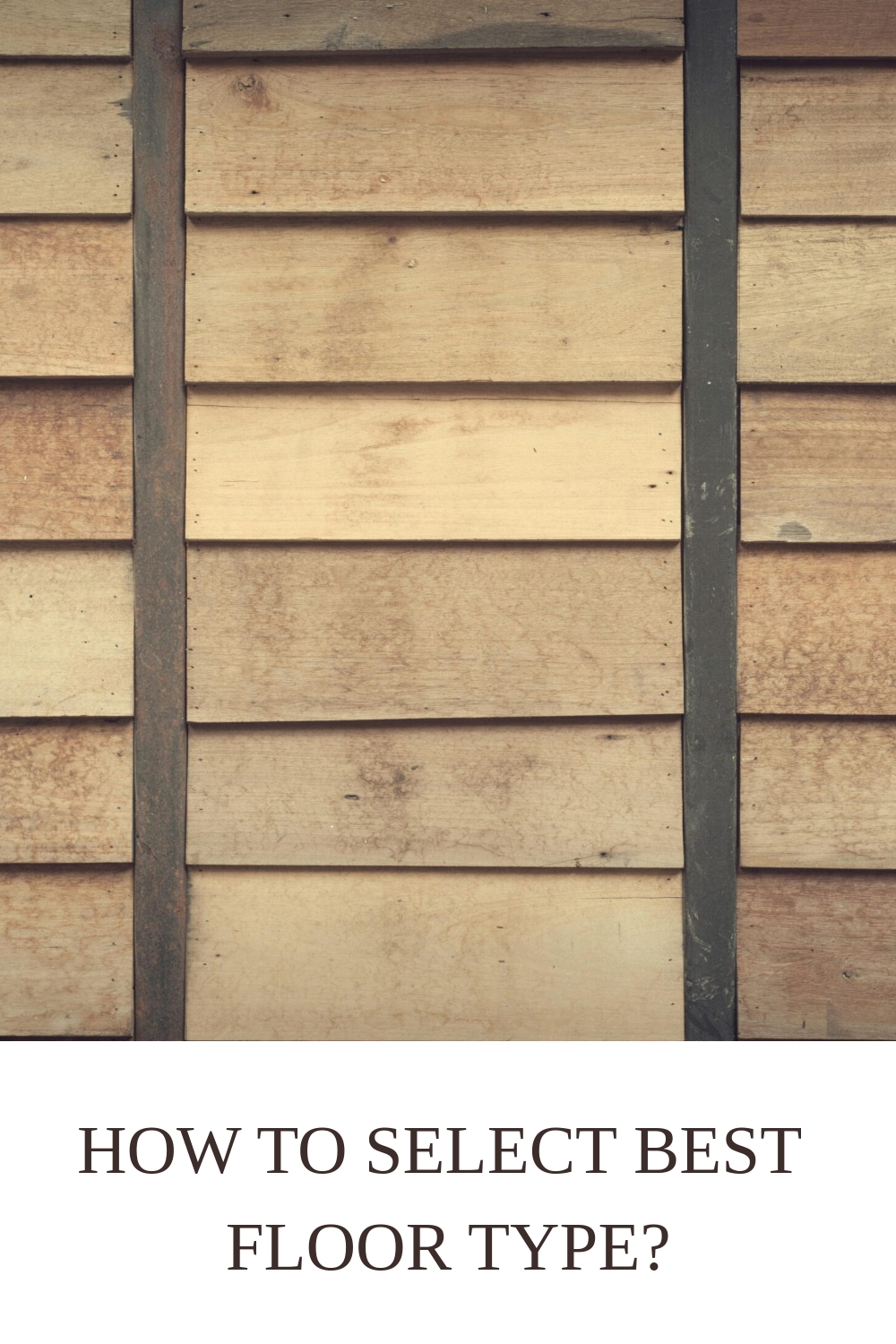
How to select best floor type?
A common question that juggles everyone’s mind when building or renovating a home is what floor type to choose? The flooring market offers many options, including hardwood, engineered hardwood, vinyl plank, laminate, carpet, tile, and more. Each material has unique characteristics, styles, price points, and an overwhelming selection. I suggest even before finding inspiration, I always ask four questions to the client or anyone:
- What is the Purpose and Function of the Space?
- What is Your Lifestyle and Maintenance Preference?
- What Aesthetic and Design Elements are Important to You?
- What is Your Budget?
Do you know the total budget of 10 to 15% goes to the flooring, either a new ground-up or renovation. If you don’t make a correct decision that doesn’t suit you or your family, that’s a waste of money, time, and effort. Let’s graduate on this topic: how to choose floors that are timeless, functional, and suit your lifestyle.
Think twice and buy once

Solid Hardwood: I want to start with a timeless edition that has been installed in houses and commercial spaces for centuries and still stands the test of time. Yup! You’re right, Its Solid Hardwood flooring has long been synonymous with timeless elegance. It’s natural warmth and character add a touch of sophistication to any space, but remember installing it can be a substantial investment.
Select medium wide planks and rich, deep tones with hardwood for a designer floor look.
Oak, maple, Hickory, and cherry are popular hardwood choices with classic beauty and unique grain. Proper maintenance, such as regular cleaning and refinishing, will help preserve the timeless allure of hardwood floors. Better sealant gives you more longevity, the grain and texture of natural wood hide the scratches, wear, and tear. This is an expensive selection but adds more value to the home and can be sanded as many times to retain a look on day 1.
Remember, not all Hardwood floors are Hardwood (Click here)

Engineered Hardwood Flooring: It’s a composition of real wood with a Plywood base, and quality depends on it. It offers the look of solid hardwood with added versatility. Its layered construction makes it less susceptible to humidity changes, making it suitable for diverse environments such as basements, main levels, and bathrooms. Choose engineered hardwood with a high-quality veneer layer in a finish that complements your design vision.
For best performance select 3 to 6mm top wood layer.
This flooring option provides a timeless appearance and practical advantages in various settings. Its top veneer can’t be sanded and refinished as often as solid wood, potentially shortening its lifespan. I love Engineered hardwood for many reasons: the natural warmth, moisture, and humidity resistance, and it can achieve a designer look effortlessly. With a real wood veneer, it achieves a luxurious aesthetic, while its durability, easy installation, and cost-effectiveness make it an attractive flooring option.


Luxury Vinyl Plank (LVP) Flooring: It’s made of synthetic plastic polymers, not real wood, with advanced technology that allows for incredibly realistic designs and styles that mimic natural wood or stone patterns. Vinyl plank flooring is also water-resistant, making it a practical choice for kitchens and bathrooms. I prefer this flooring option for guest houses, seasonal homes, or rentals because it is low maintenance and moisture-resistant. Unlike hardwoods, LVP tends to be warmer underfoot, DIY-friendly, and pet and kids-friendly, providing a more comfortable feel, especially in colder climates.
It has gained popularity for its affordability, durability, and versatility.
I don’t recommend LVP in everyday homes for a few reasons: due to synthetic materials, LVP is made of Plastic, has less life span, temperature sensitivity, and mainly VOC emissions (not environment friendly). This will drop the house’s value.

Laminate Flooring: Like LVP, Laminate floors are not real wood but mimic the aesthetics of natural wood. It’s made of fiberboards with a wood grain print on top, which makes it an excellent choice for those seeking a budget-friendly option without sacrificing style. Modern laminate designs convincingly replicate the look of hardwood. To achieve a timeless designer floor with laminate, focus on high-quality prints and textures, which are hard to find. Consider installing underlayment for added comfort and sound absorption. I don’t recommend this option for high-traffic areas, moisture sensitivity, sound transmission, not environment friendly, and limited resale value.
Laminate flooring is easy to maintain and resistant to scratches, making it a practical and stylish choice for various spaces.

Achieving a timeless designer floor look involves thoughtful consideration of material, color, and design elements. Whether you opt for the classic charm of hardwood, engineered hardwood’s versatility, vinyl plank’s modern elegance, or the budget-friendly laminate chic, each flooring choice has its unique advantages. By combining these materials with timeless design principles, you can create a floor that not only stands the test of time but also adds enduring beauty to your home.







